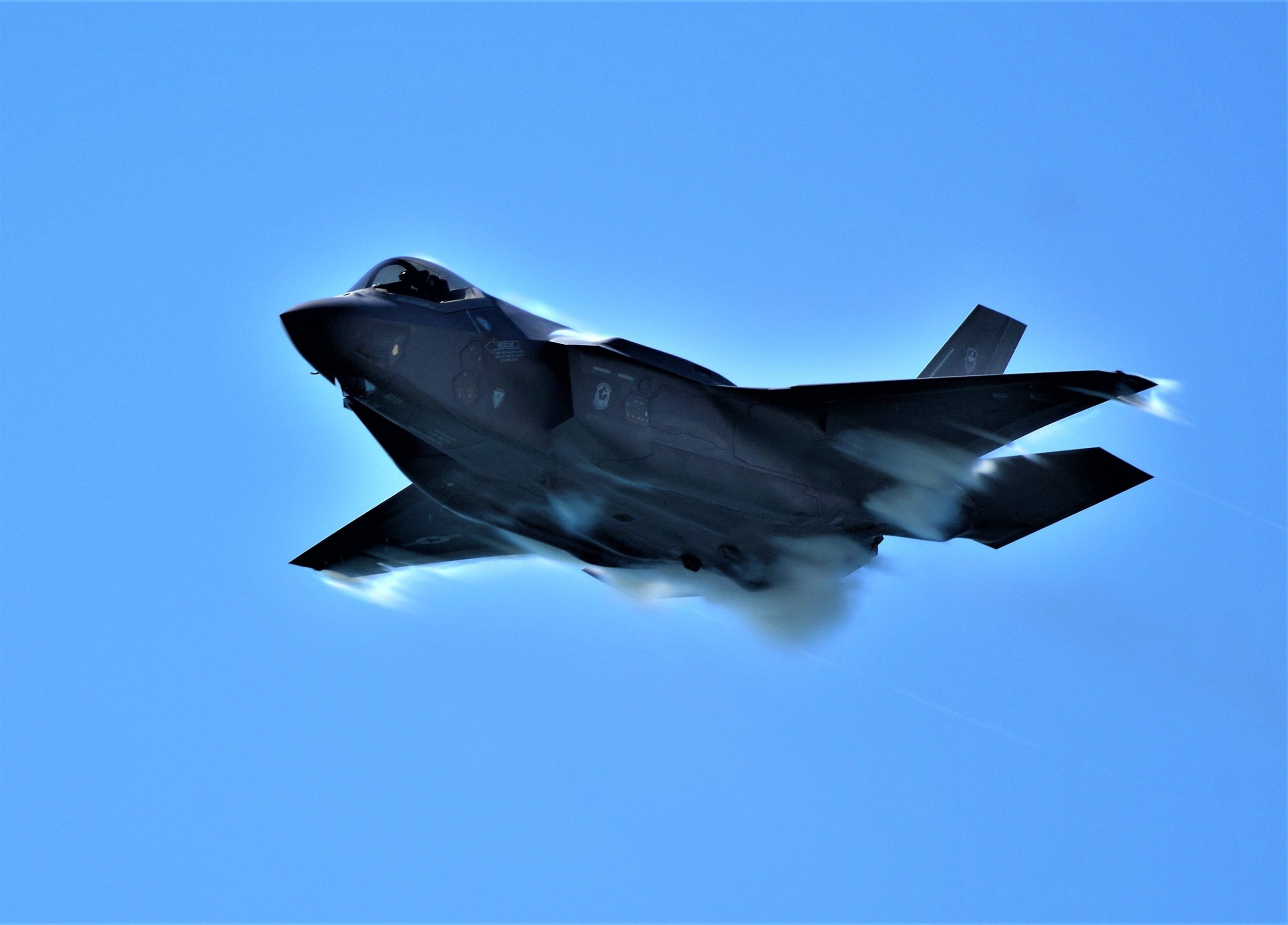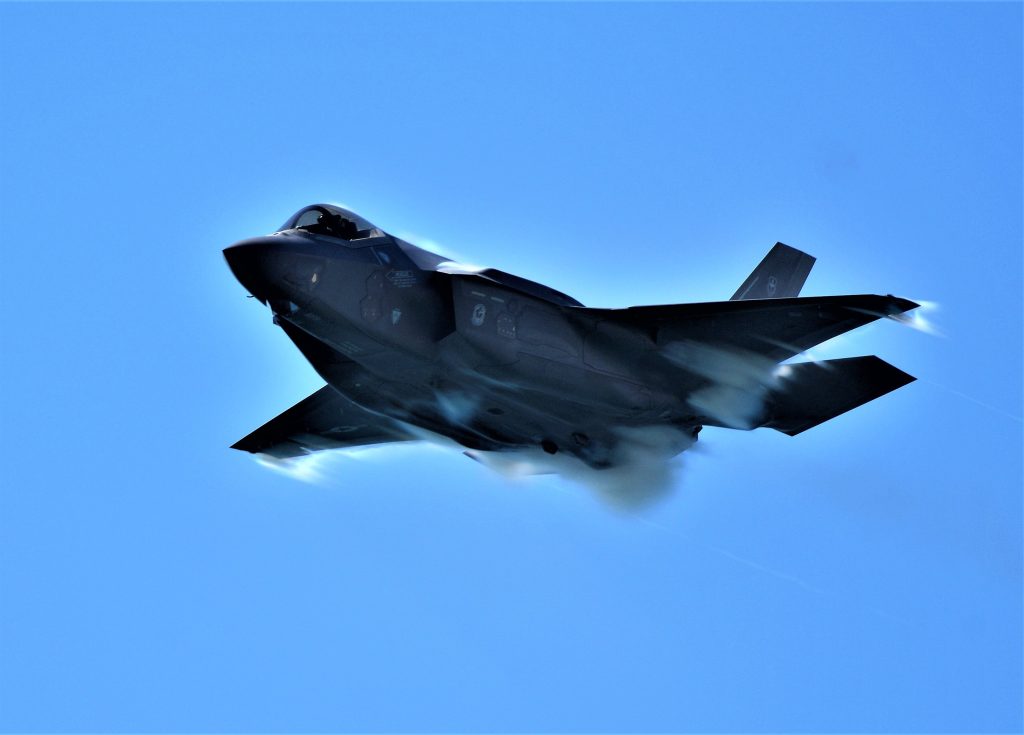Kannattaa selata läpi vaikkapa lentoposti.fi -sivuston HX-aiheiset tarinat. Sieltä saa ainakin hyvän aikajanan eri vaiheista vuodesta 2015 lähtien.Kiitokset vastauksista. Itseltäni oli mennyt ohi tämä kandidaattien rajaaminen jo varhaisessa tietopyyntövaiheessa.
Install the app
How to install the app on iOS
Follow along with the video below to see how to install our site as a web app on your home screen.
Note: This feature may not be available in some browsers.
You are using an out of date browser. It may not display this or other websites correctly.
You should upgrade or use an alternative browser.
You should upgrade or use an alternative browser.
Äänestys Mikä konetyyppi korvaa Hornetit?
- Viestiketjun aloittaja Huhta
- Aloitus PVM
Huhta
Greatest Leader

Geopolitical Implications of Finland’s H-X Program – ITSS Verona
Finland's decision to replace its ageing F-18s with F-35 marks a reliance on Western technology and alliance against Russian threat.
December 10, 2021 — No Comments
Geopolitical Implications of Finland’s H-X Program
By: Arnaud Sobrero and Romain Gallix
Image Source: Finland is currently seeking to replace its aging F-18 with a global competition dubbed H-X worth $11 billion. It is expected that a decision will be made public before the end of 2021. Arguably, fighter jets represent a crucial component of States’ security and a decisive hard power asset in every conflictual context. This article aims at uncovering the underlying dynamics of the Western defense industry implied by the evolution of the Finnish tender.
As of December 2021, the Finnish Ministry of Defense has received responses for its request for information from the European Eurofighter Typhoon, the Swedish Saab Gripen, the French Dassault Rafale, and the American Boeing F/A-18E/F Super Hornet and Lockheed Martin F-35.
Divided European contenders open the way for American offers
The Finnish request for information received answers from all major Western fighter jets producers; hence the comparison of contenders allows us to identify several factors shaping the evolutions of the industry. The very fact that Finland launched its fleet’s renewing process very close to the expected decommission date for its current Hornets, as their “structural fatigue” denounces, exemplifies how procurement programs are not at the top of policy-makers agenda (Finnish Ministry of Defense).
The cost borne by single states with limited expenditure margins is becoming increasingly untenable, especially where political pressure on taxpayers’ spending is large (e.g., the United Kingdom). Moreover, countries may not dispose of design and production capacity over the entire technological spectrum, such as Italy and Spain. The relative political frenzy generated in recent decades made transnational fighter jets’ fleets a common feature of Western air forces. However, the pan-European Eurofighter Typhoon underwent difficulties showcasing the complexity of such projects, with reluctant transfers, unclear directions, and soaring costs due to fragmented production.
Meanwhile, the individual offers from France and Sweden do not seem greatly superior. The Dassault Rafaleand the Saab Gripen offer suffer from their limited interoperability and relatively isolated stance in the current geopolitical equilibrium. Indeed, the political logic of defense procurement programs vastly supersedes the economic aspects of the choice. Was Finland to purchase the Saab Gripen underdog from its neighbor, its strategic prospects would be very limited and centered on Russian containment. The Rafale, in turn, would signify Finland’s alignment on the French posture of European strategic autonomy from the U.S. The 1,340km-long border Helsinki shares with Russia makes this perspective impossible. Therefore, although the Rafale has recently been sold to Croatia and Greece, Dassault’s offer seems compromised.
The American bidders consequently benefit from the lack of unity of European actors and put forward the geopolitical continuity they represent as a sales’ argument. The Boeing F/A-18 E/F Super Hornet proposal would minimize the H-X program costs due to pre-existing maintenance and operating capacities while selecting the F-35 would guarantee the acquisition of new, cutting-edge capacities.
A degrading security environment
In recent years, we have witnessed a degradation of the international security environment with Russia’s resurgence and the growing assertiveness of China’s behavior. Primarily concerned with Russia, Finland finds itself in a delicate position as it is the E.U. member that shares the largest border with Russia. Russia has been particularly active in recent years by bolstering its military, as demonstrated by its intervention in the Syrian front, its attempts to upset the status quo, and its destabilization of NATO from within. Growing tensions between Russia and Ukraine are fueling a sense of regional insecurity with a Russian troop buildup as well as creating some levels of uncertainty regarding Russia’s intentions. Amid a large scale rearmament program, Russia has been able to field the SU-57, a modern stealth fighter aircraft, and develop lighter fifth-generation aircraft, the Checkmate, focused on export markets and somewhat reminiscent of the F-35.
Given the growing insecurity of its regional environment, Finland may be looking to maintain its strategic relationship with the U.S. and reinforce its indirect relationships with NATO. A critical political and strategic factor to consider is the interoperability of weapon systems within the North Atlantic Treaty Organization (NATO). Although Finland is not a member of the Alliance, the Lockheed Martin’s F-35 and Boeing’s F-18 Super Hornet would expand the reach of NATO and its ability to share data, engage in secure communication, and increase interoperability capabilities between the U.S. and other U.S.-allied European assets. Thus, beyond the interoperability aspect of those deals, acquiring the F-35 or the F-18 does bring diplomatic benefits and strengthen relationships with the United States.
The case of buying a strategic relationship with the U.S.
When it comes to large military hardware procurement, countries’ decisions are influenced by the prospect of a future strategic relationship with the procuring country. Buying U.S. material implies future interoperability, a valuable prospect in a world of growing tensions. In addition, the Foreign Military Sales (FMS) framework is largely seen as a political instrument by Washington to deepen relationships with key allies. As such, the F-35 initially developed to replace aging F-16s, is poised to become one of America’s biggest exports. By strengthening military interoperability with U.S. allies across the globe and elevating their airpower capabilities, the F-35 is instrumental to America’s containment military strategies. Furthermore, some experts argue that the F-35 program acts as America’s Belt and Road Initiative, at least from a strategic and military standpoint. It provides a network and a platform acting as ‘a generator of wealth and peaceful co-existence on a global scale.’
Even soaring costs do not prevent countries from buying the F-35. Small players such as the Netherlands, Belgium, Poland have already chosen to buy the F-35 jets, notwithstanding questionable financial dispositions. This perfectly illustrates the underpinning political challenge at stake. For example, Switzerland agreed to buy 36 F-35As in July 2021 and Patriot air defense systems, even though the decision was controversial and considered overkill.
Thus, buying American-made fighter jets does bring significant commercial, industrial, and geopolitical benefits. Indeed, by buying American fighter jets, Finland would essentially strengthen its strategic relationship with the U.S.
Conclusively, given the degrading security environment Finland finds itself in and the growing importance of the U.S. strategic relationship, Finland is more likely to acquire U.S. technologies to replace its aging F-18s. Arguably, the F-35 appears better suited to meet Finland’s short and long-term requirements by strengthening its military and political relationship with the U.S. and acquiring an aircraft that could address the existing and emerging military threat as Russia deploys additional advanced stealth combat airborne platforms.
mechanicus
Kenraali
Oli poikkeuksellisen osuvaa analyysiä tuossa artikkelissa ja asiaa ei oltu kauheasti kaunisteltu. Mutta HX:n ratkaisi ainoastaan suorituskyky, polittiikkaha ei saanut vaikuttaa... 

wargame
Kapteeni
No tässähän kävi säkä, oli suorituskykyisin ja poliittisestikin paras.Oli poikkeuksellisen osuvaa analyysiä tuossa artikkelissa ja asiaa ei oltu kauheasti kaunisteltu. Mutta HX:n ratkaisi ainoastaan suorituskyky, polittiikkaha ei saanut vaikuttaa...
